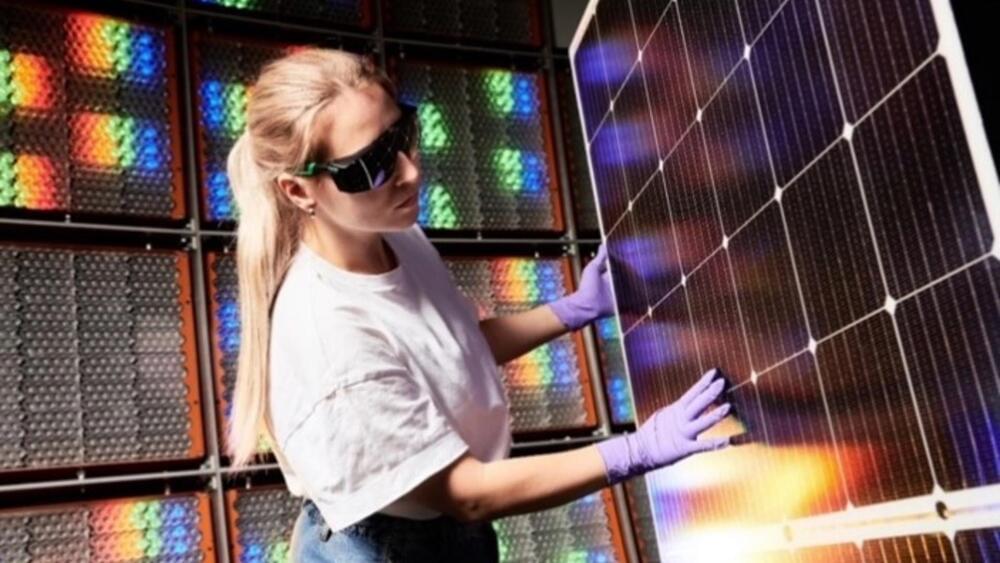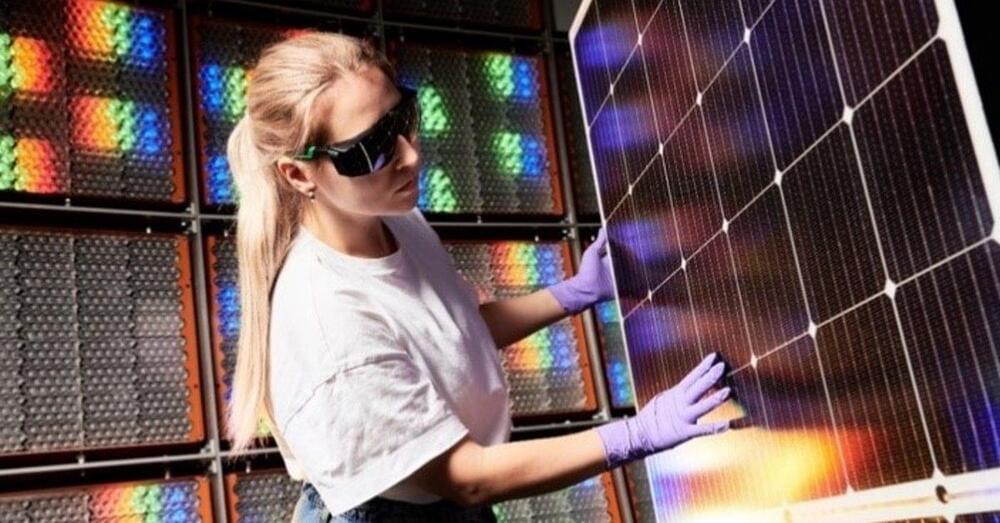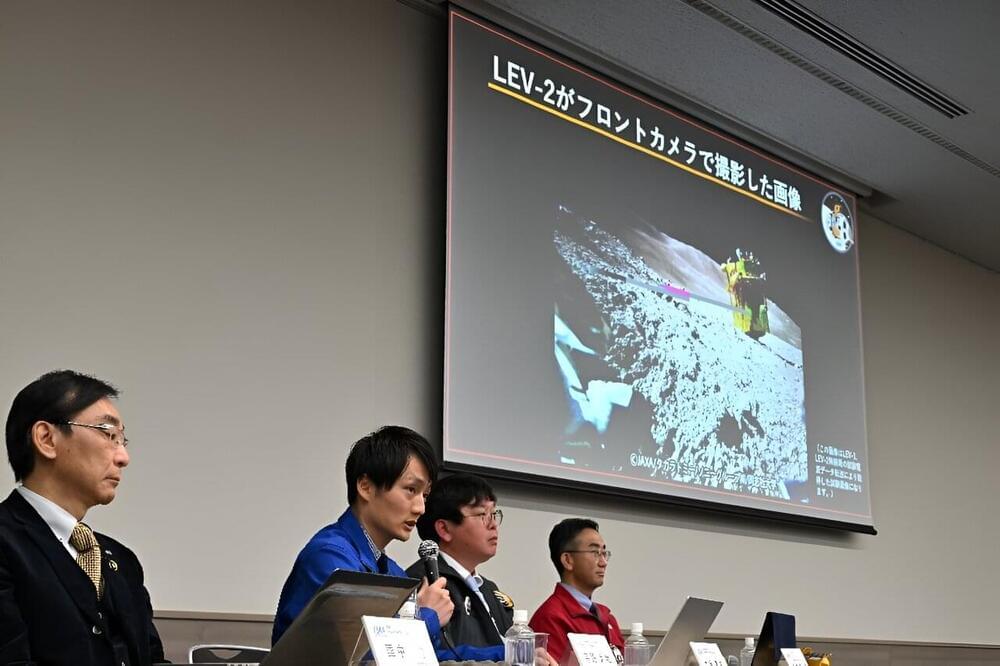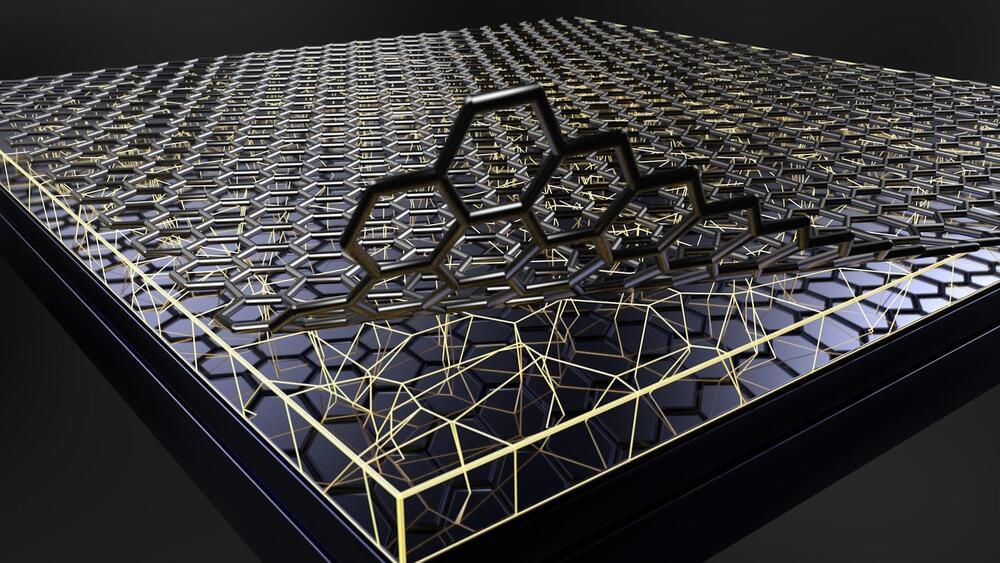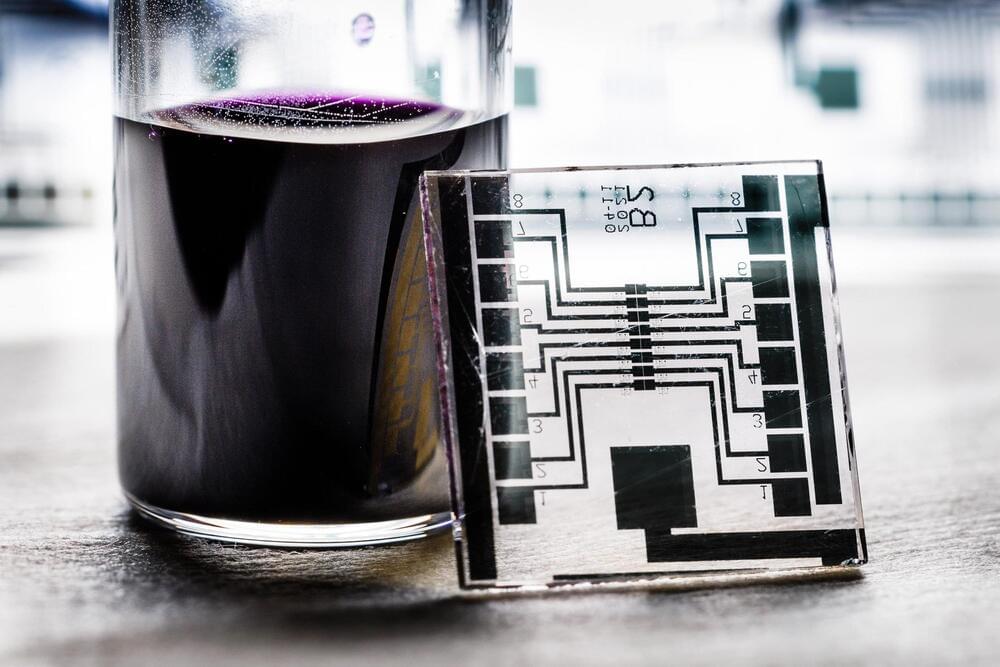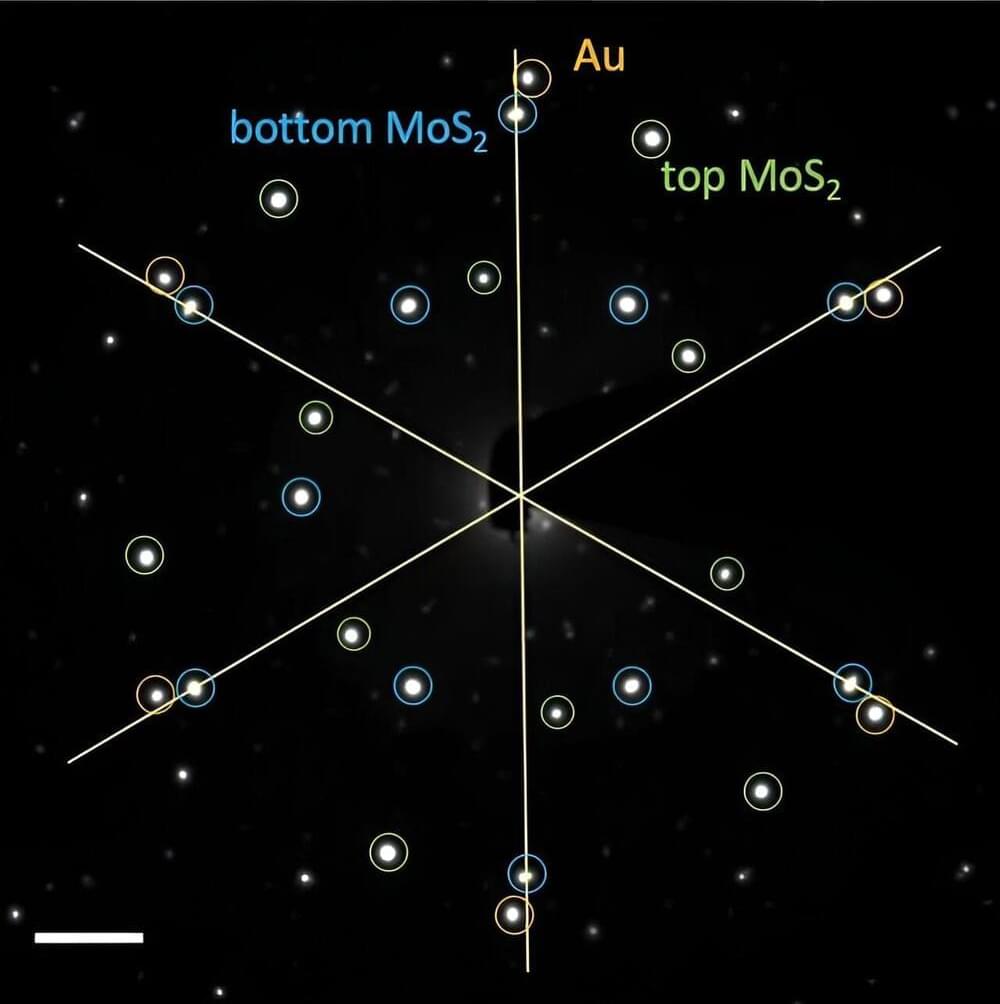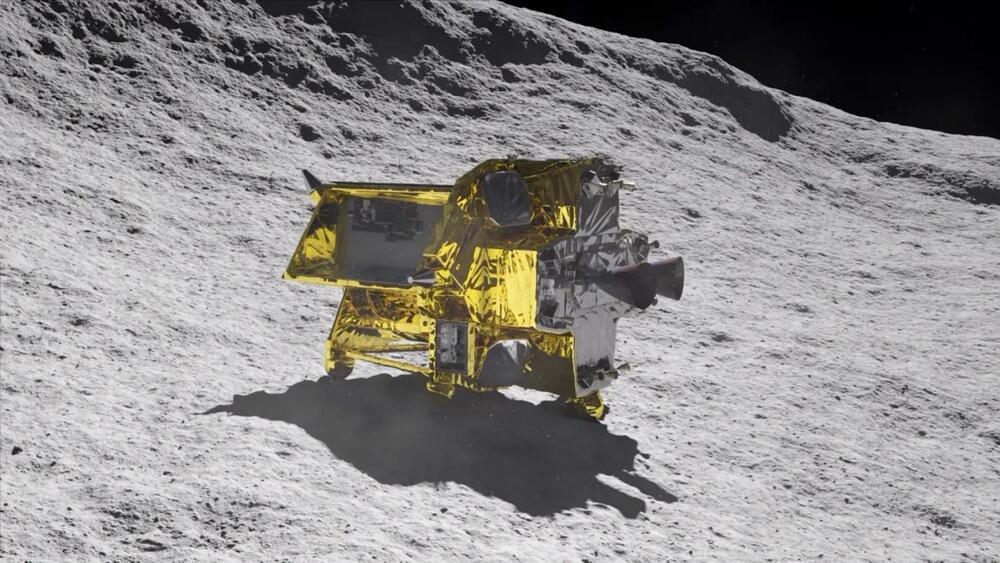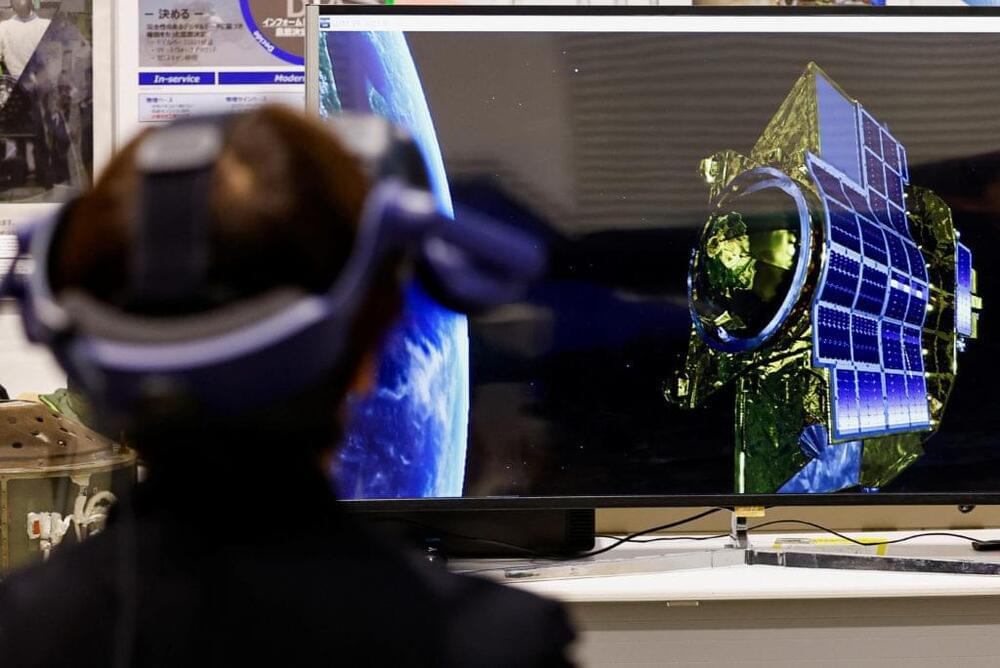A pivotal achievement has been reached in the realm of energy transition with the development of a cutting-edge tandem solar panel. Interestingly, the solar panel has demonstrated an impressive conversion efficiency rate of 25 percent.
The 25 percent efficiency is a significant improvement above the average 24 percent efficiency found in commercial modules. This makes it the world’s most efficient perovskite silicon tandem solar module in an industrial configuration, as per the release.
This remarkable achievement marks a crucial milestone in the global transition towards sustainable energy sources.
